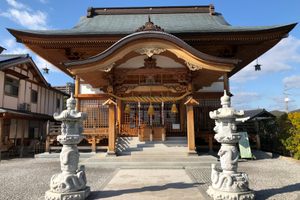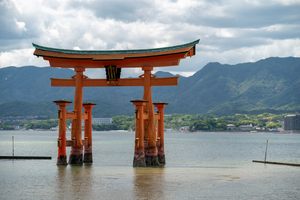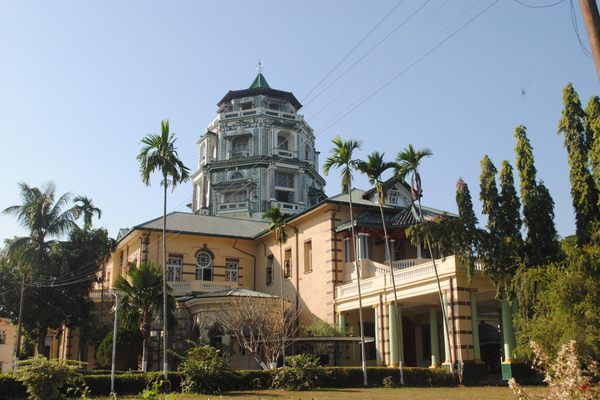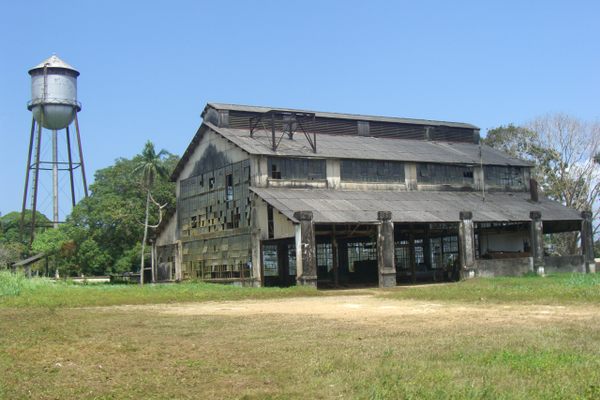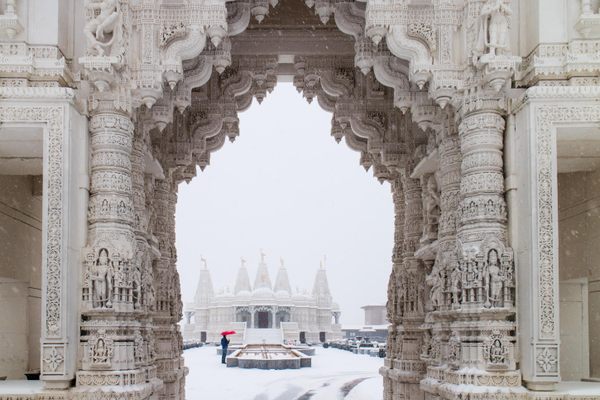About
A historical wooden arch bridge in the city of Iwakuni in Yamaguchi Prefecture, Japan, the Kintai Bridge was built in 1673. With a series of five wooden arches, the bridge spans the Nishiki River. It is located at the foot of Mt. Yokotama, which is topped with the famous Iwakuni Castle. The castle was built in 1601 and overlooked a series of wooden bridges, all destroyed by spring floods before the Kintai bridge was completed.
The elegance of the bridge's form inspired the name Kintai, which means gold brocade sash because of a similarity to the traditional Nishiki obi for a kimono. It has been rebuilt several times since it was initially constructed even though it was thought to be indestructible, most recently in 1951 after a typhoon.
The bridge is made up of five arches standing atop four stone piers as well as two wood piers that sit on the dry riverbed where the bridge begins and ends. For almost three hundred years, the bridge stood without the use of nails that you would find in more traditional construction. It stood because all of its many pieces were very carefully fitted together. Sheets of copper were laid over the main wooden parts of the bridge after it was built.
Kintai remains Japan's most famous bridge. Tourists cross it on foot to visit samurai family-owned houses in Kikko Park, and take a cable car to the heights to visit Iwakuni Castle, and to see a breathtaking panorama of Iwakuni and the Seto Sea. Declared a National Treasure in 1922, the area including both the bridge and the castle is one of the country's most popular destinations, especially during the Cherry Blossom festival in the spring.
Related Tags
Know Before You Go
From Iwakuni's JR station take the city bus to the "Kintai Bridge/Kikko Park" stop.
Hidden Japan: Sado Island, Nara & Kyoto
Explore a different side of Japan.
Book NowPublished
March 29, 2011





















